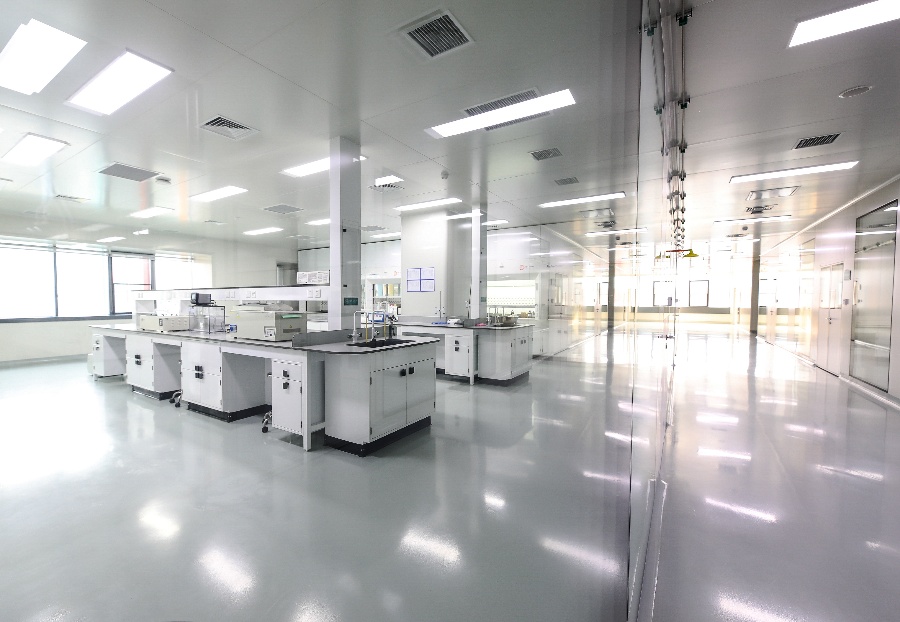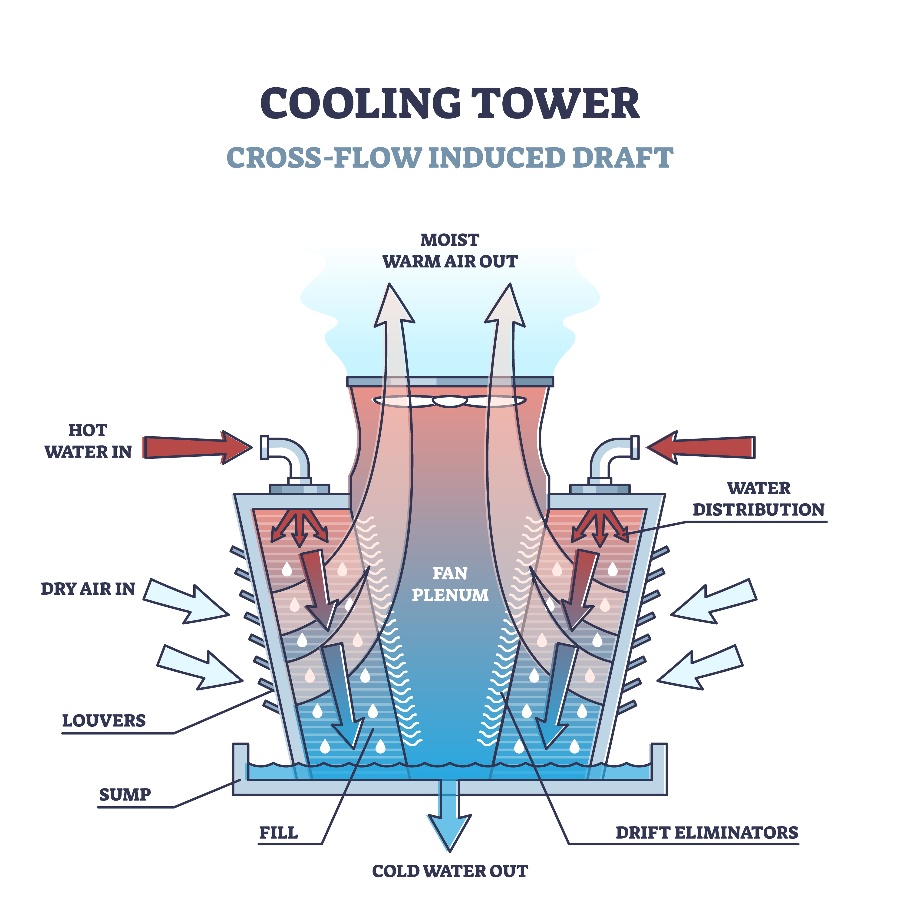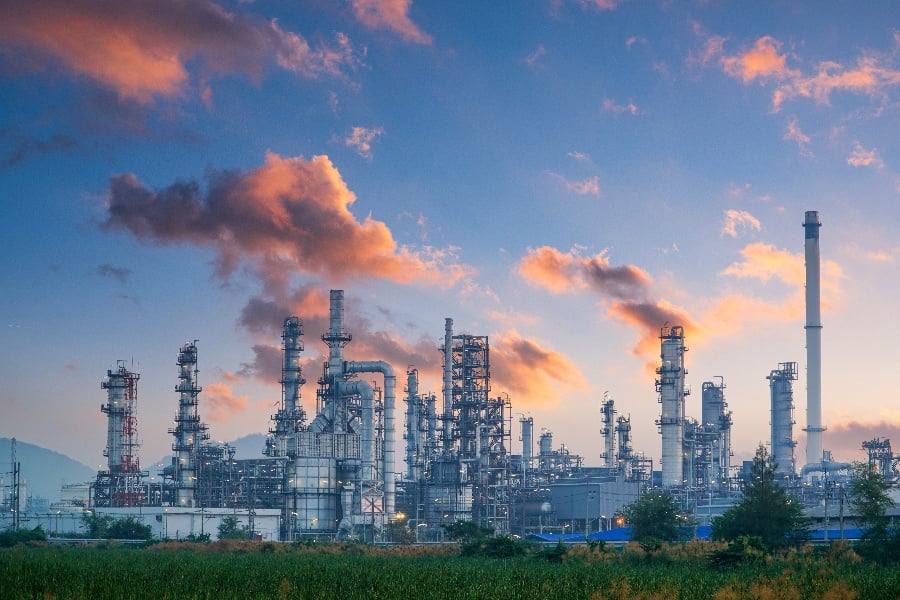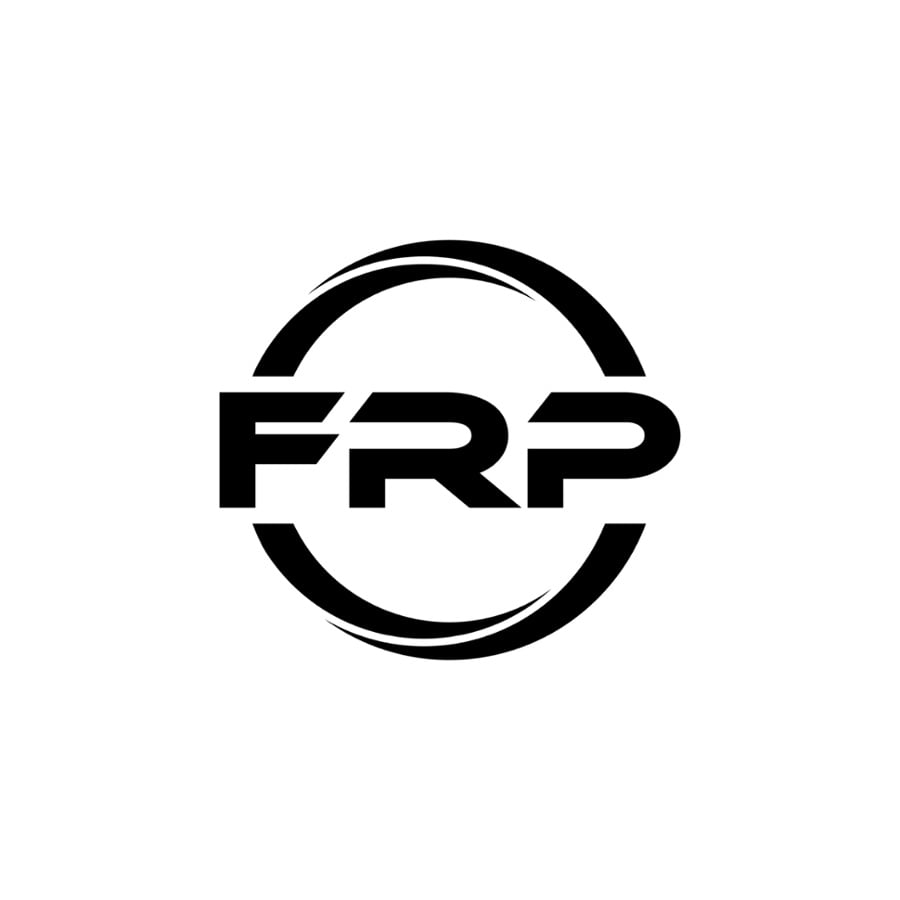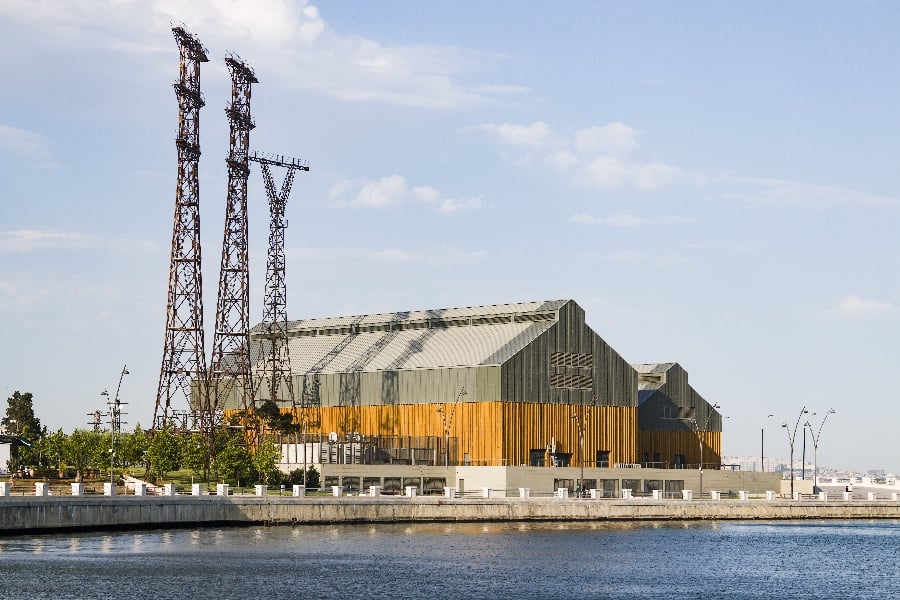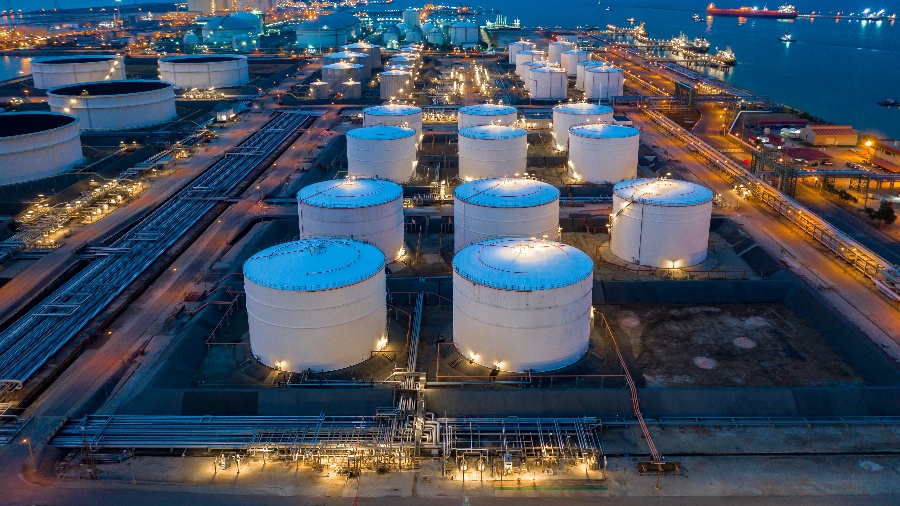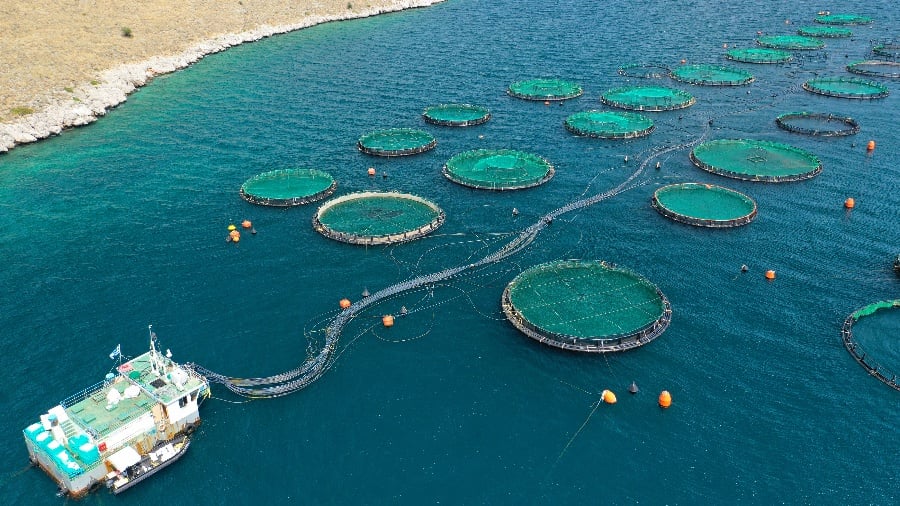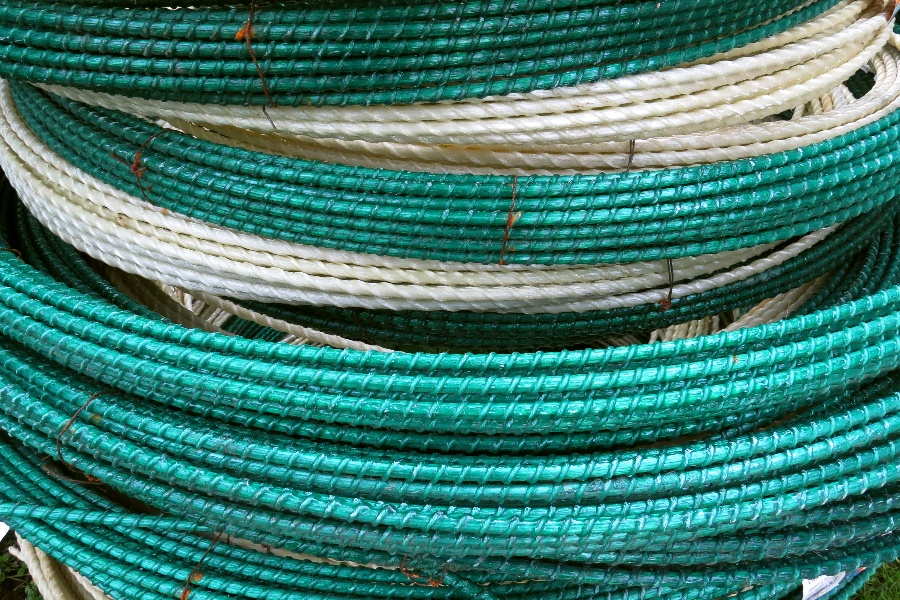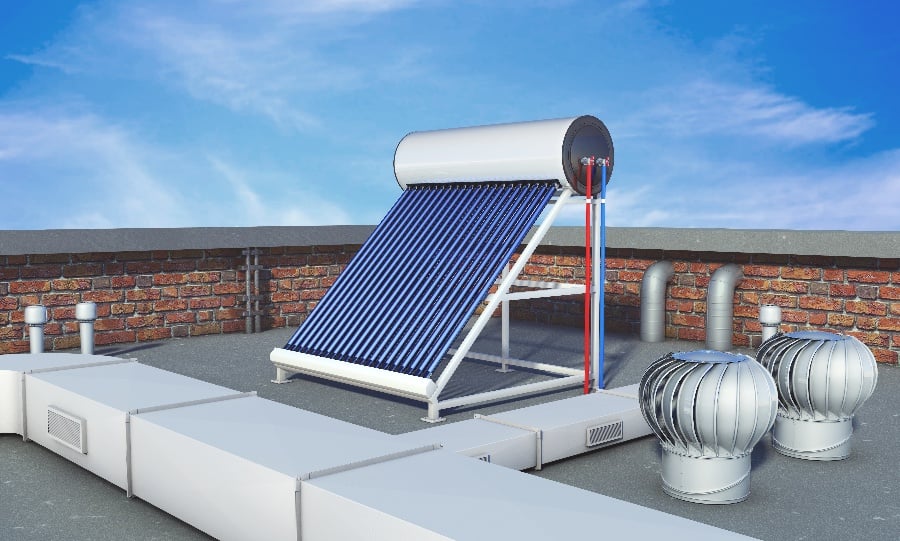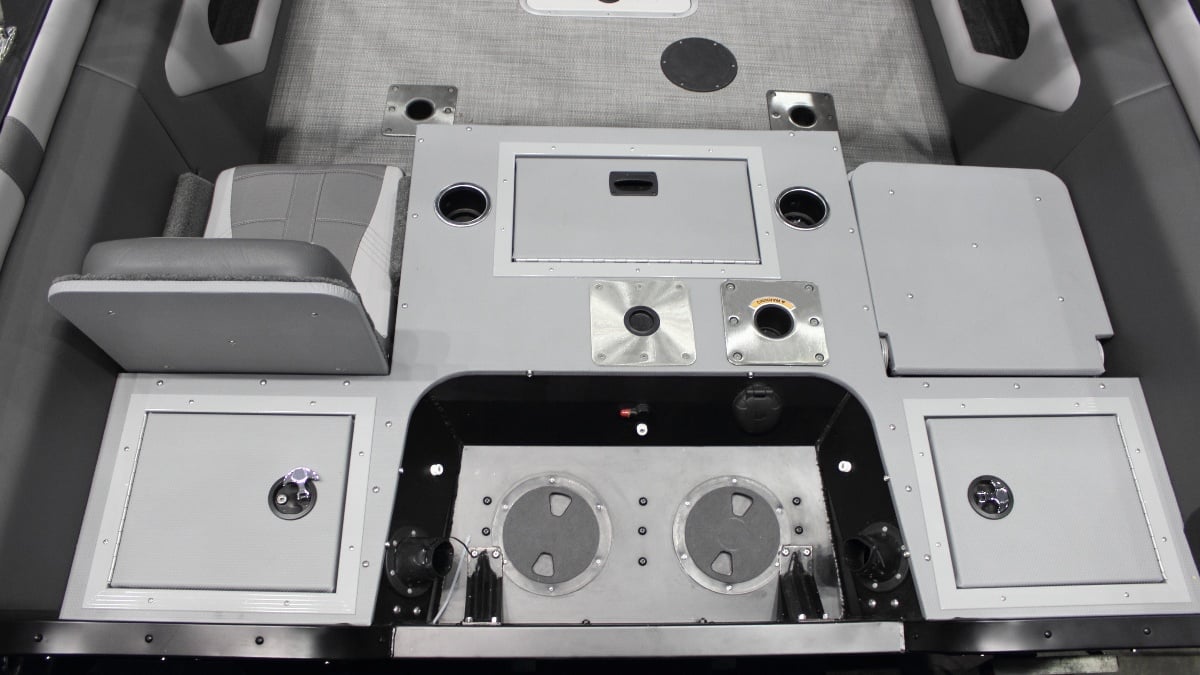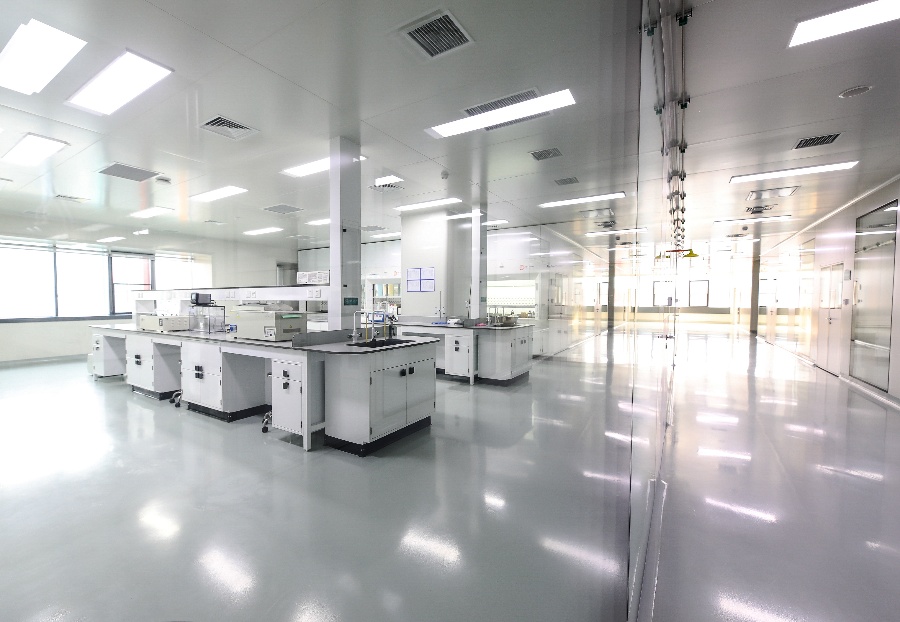
Cleanrooms are a crucial component of production processes since they are designed to control environmental factors such as the concentration of airborne particles, chemical vapors, temperature, and humidity.
An engineered cleanroom is necessary for reliable production because it prevents contamination from dust, smoke, aerosol particles, and other pollutants that can compromise both the quality and quantity of the products being produced.
When utilized correctly, engineering cleanrooms can help achieve desired yield rates and reduce waste in operations. Properly designed regulations for air filtering systems and airflow direction are essential to maintaining ideal environmental conditions in a cleanroom.
Although engineer expertise is needed to ensure the exacting standards of quality that cleanrooms provide for consistent production processes, their role in ensuring reliability cannot be understated.
How do cleanrooms work?
Cleanrooms are an essential part of any production facility that requires the highest standards of hygiene and cleanliness. By controlling the atmosphere via pressure, filtration, static control, humidity, temperature, and airflow management, these designated areas can provide a contamination-free environment for delicate processes.
To create the right environment, the air is passed through a series of filters that remove these particles before finally entering the room. Temperature and humidity are also tightly regulated according to certain standards. Furthermore, if the cleanroom is a positive pressure environment, it means new incoming air is prevented from mixing with existing air in the room.
This capability further prevents contamination or cross-contamination of products as well as maintains higher levels of hygiene within the room. Adopting high standards of cleanliness can ensure quality materials and results while reducing the chances of errors caused by environmental factors.
Factors to consider in cleanroom design
When designing a cleanroom, there are a number of key considerations that must be taken into account. From correctly sizing the room to allowing for adequate circulation of filtered and conditioned air, it is essential to give proper attention to every detail in order to ensure effective and efficient performance.
Additionally, the placement of critical components such as the air handling systems, the filtration system, pass-throughs, furnishings, and equipment all depend on the arrangement of the space.
To maintain safe and hygienic conditions, careful consideration should be given to contamination control measures such as maintaining a consistent pressure differential between adjacent rooms, establishing good practices for operators using personal protective equipment, and optimizing overall cleaning regimes. In short, providing an environment with top-level safety credentials should be of paramount importance.
Cleanroom classifications and ISO standards
Cleanroom classification is a critical component in the manufacturing process, particularly when dealing with sensitive technology and medical equipment. The International Organization for Standardization (ISO) has set specific guidelines for clean room construction and operation, as well as detailing acceptable levels of environmental contamination.
ISO standards are based on air quality control, total particulate matter, and its size distribution within a given space. Furthermore, they are measured in terms of air changes per hour, temperature, humidity levels, and pressure differentials which all contribute to the overall sterility of the particular environment.
This careful regulation helps ensure that cleanrooms are properly operating at optimal efficiency and efficacy while also making sure they are up to international standards of cleanliness. This knowledge is invaluable to engineers as it helps us better understand how best to design or modify an existing environment to meet the demands of a particular project or application.
Cleanroom design materials
Clean room design requires careful consideration of a variety of materials–from the wall materials that provide acoustic insulation and suppress sound to the ceiling panels that need to offer easy cleaning access and prevent mold formation. Vinyl walls often come with an antimicrobial finish, while ceilings are made out of high-performance gypsum board that is impermeable to water, making them easy to clean and perfect for high-humidity rooms.
The floor on which personnel perform activities in such a cleanroom needs special non-particulating properties and can be constructed using epoxy coating or special vinyl tiles. The type of material used directly affects the overall performance and efficiency of operations in a cleanroom, especially concerning air quality, static electricity reduction, and personnel comfort/safety. Therefore, it is important to carefully choose or even customize the materials used in clean room design for each specific application.
Fiberglass reinforced plastic for cleanrooms
Fiberglass-reinforced plastic (FRP) wall panels are a great investment for any cleanroom that will experience a lot of moisture or require detailed and regular cleaning with harsh chemicals. FRP is easy to install, created from a highly durable material, non-porous, and can make ongoing cleanroom maintenance much easier. Given its low maintenance requirements and longevity resistance to wear and tear, FRP is the ideal choice for any facility looking to protect its walls from erosive chemicals.
Fiberglass-reinforced plastic surfaces and finishes offer exceptional moisture resistance and non-porous benefits. This capability is due to the sturdy barrier feature it offers that is highly resistant to impact and scratching, making it a durable choice for installation projects. FRP materials, therefore, have many advantages to consider, particularly when looking for products suitable for cleanroom environments or locations prone to heavy traffic.
Fiberglass-reinforced plastic panels can withstand frequent maintenance cycles and even caustic cleaning chemicals such as bleach. Their exceptional durability ensures that their composition is stable when exposed to a wide range of chemicals, abrasive cleansers, and other elements.
Additionally, the seamless construction helps prevent bacteria from forming, which makes the area much easier to be cleaned and maintained. Investing in fiberglass-reinforced plastic panels can eliminate many of the arduous tasks associated with cleanroom maintenance.

